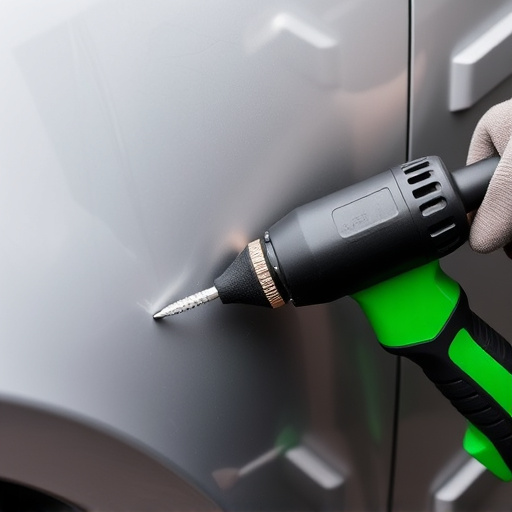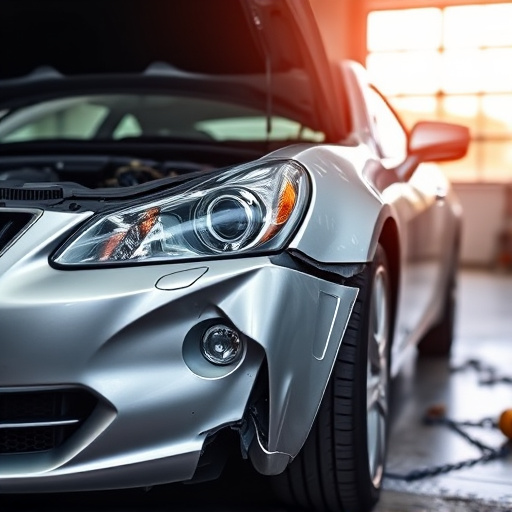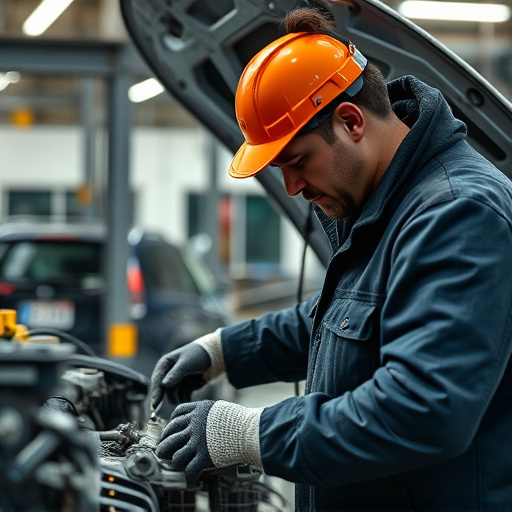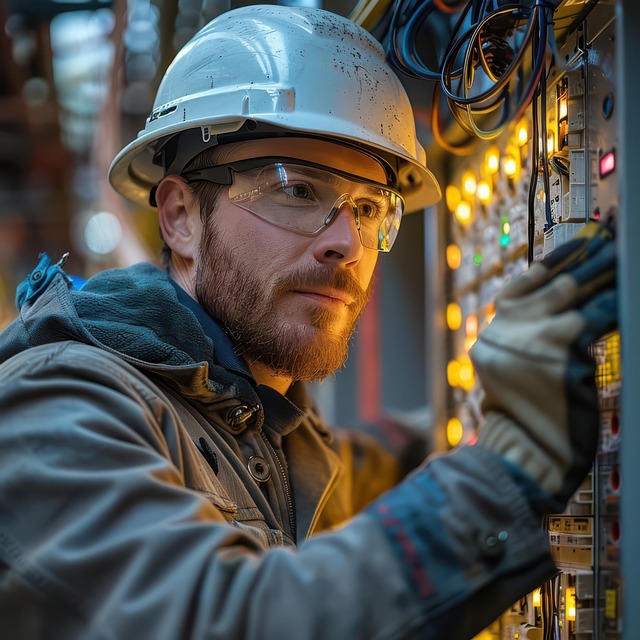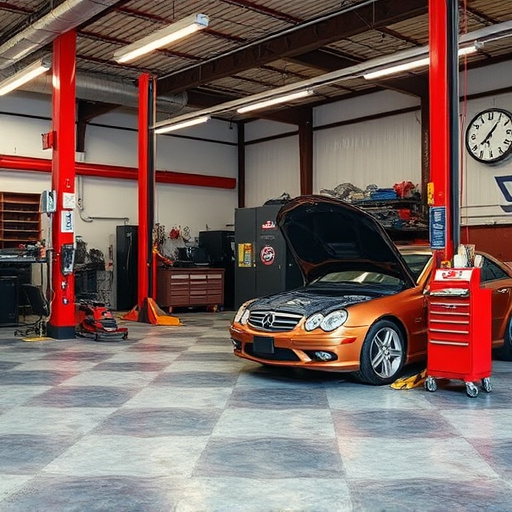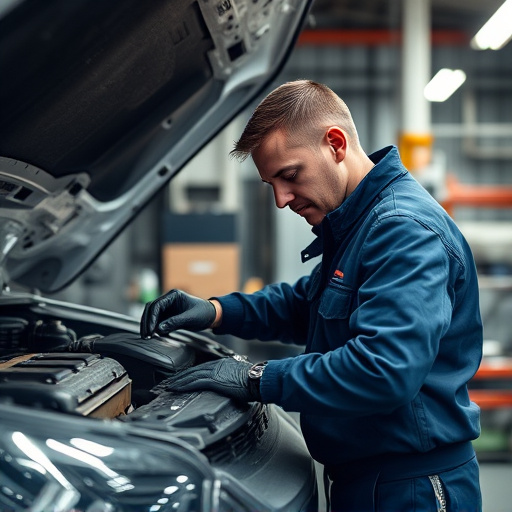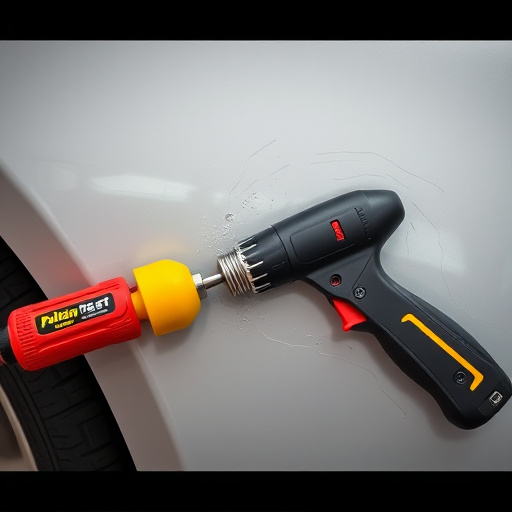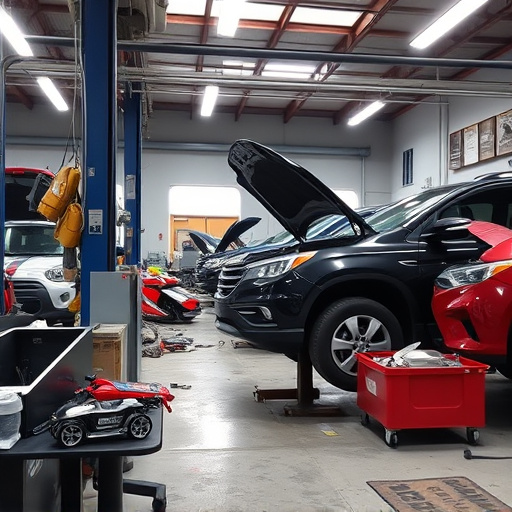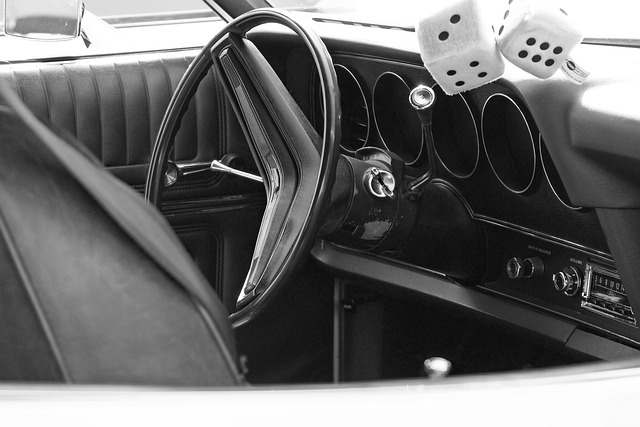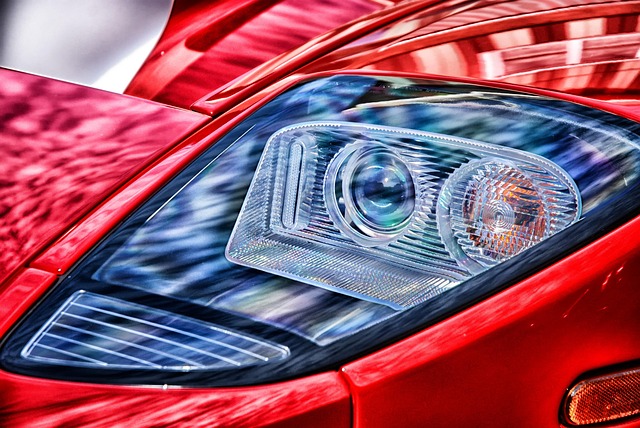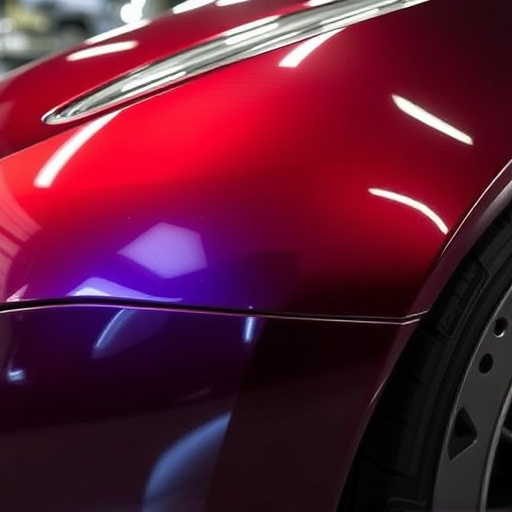Tesla home charger functionality after an accident is crucial. Damage to bodywork and electrical components can cause issues like tripped breakers, damaged wires/connectors, or cosmetic dents. Proper troubleshooting and repair by specialized collision centers ensure safe charging, addressing breaker issues, wiring damage, and restoring the charger's efficiency for future use.
After a car accident, a Tesla home charger could be damaged, leading to potential breaker issues. This article guides you through understanding the basics of your Tesla home charger, identifying common causes of accident-related damage, and troubleshooting breaker problems. By delving into these aspects, you’ll gain insights to ensure safe and efficient charging post-accident, promoting peace of mind for Tesla owners.
- Understanding Tesla Home Charger Basics
- Common Causes of Accident-Related Damage
- Troubleshooting Breaker Issues After an Accident
Understanding Tesla Home Charger Basics

The Tesla home charger is a crucial component for electric vehicle (EV) owners, providing a convenient way to keep their batteries charged. It’s typically installed directly into a home’s electrical system, allowing direct connection to an EV. Understanding how it works after an accident is essential. If your Tesla home charger has been involved in a collision, there could be potential issues with its functionality due to damage to the vehicle bodywork or related electrical components.
In the aftermath of an accident, it’s advisable to contact a trusted collision repair center specializing in EV repairs. They can thoroughly inspect the charger and surrounding vehicle body structure, identifying any damage that might affect its performance. Proper repair involves not just fixing the physical damage but also ensuring the safety and functionality of the electrical system, which is vital for the safe charging of your Tesla and the prevention of any future risks associated with faulty wiring or breakers.
Common Causes of Accident-Related Damage

Accidents involving electric vehicles, like a Tesla home charger, can lead to various forms of damage, each with its own set of challenges. One of the most common issues is breaker tripping or failure, often due to sudden surges in power caused by the high-voltage system or the impact itself. These breakers are designed to protect the electrical system and should be checked for any signs of damage or wear after an accident.
Other potential problems include damaged wires and connectors, which might require expert automotive body work to repair or replace, especially if they are deeply crimped or detached. The Tesla home charger’s casing itself could also sustain dents, scratches, or cracks, necessitating professional body shop services for restoration. Understanding these common causes of accident-related damage is crucial in ensuring proper car repair and charging system functionality post-accident.
Troubleshooting Breaker Issues After an Accident

After a Tesla home charger experiences damage due to an accident, troubleshooting breaker issues is a crucial step in ensuring safe and efficient charging. The first thing to check is whether the circuit breaker has tripped, which can be easily identified by inspecting the breaker box. If it has, reset the breaker and ensure it remains in the ‘on’ position during the charging process. This simple step often resolves minor issues caused by minor vehicle collision repairs or similar incidents.
If resetting the breaker doesn’t help, there might be a more complex issue requiring professional automotive collision repair expertise. In such cases, examining the charger’s wiring and connections is essential to pinpoint any damage that could disrupt the charging process. Merely addressing these hidden issues will ensure your Tesla home charger functions optimally after an accident, providing peace of mind for owners who rely on their vehicles’ efficient charging capabilities.
When dealing with a Tesla home charger affected by an accident, identifying and addressing breaker issues is crucial. By understanding the basic functions and common causes of damage, you can efficiently troubleshoot and resolve any problems. This ensures your electric vehicle (EV) charging station is safe and operational after a mishap, providing a seamless experience for Tesla owners. Remember, prompt action on breaker-related concerns can prevent further complications, making it an essential step in maintaining your EV charging infrastructure.
